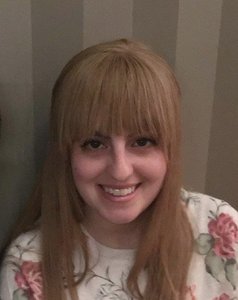
Shira has been fascinated with physics since her first introduction to the subject in high school. She was inspired by the way physics artfully weaves together intuitive science with elegant mathematics.
Shira completed her undergraduate degree in physics at York University. In her second year of undergraduate studies Shira took a part-time job as a supply teacher, teaching Grade 11 and Grade 12 physics for four months. She loved communicating science and enjoyed the challenge of making difficult subject matter understandable to each student. Their joy and wonder as they discovered physics for the first time reinforced her own passion for the subject, but also convinced her that she wanted to pursue physics at a higher level.
Her interest in experimental physics, and in particular in the field of optics, was sparked by a summer research project she did at York University developing a new free-space optical tweezers experiment for use in an undergraduate laboratory. She relished the opportunity to apply her theoretical knowledge by working with her hands to bring physics to life.
Shira is currently working with Professor Amar Vutha, on the development of a compact optical atomic clock. Optical clocks are the most precise measurement device in existence today. Such precise devices are important to find evidence of exotic new physics that is only apparent on a very small scale.
Optical clocks can be used to search for dark matter and dark energy, to detect gravitational waves and to do ultra-precise surveys of the earth's gravitational potential. Precise atomic clocks are also an essential component of the new SI system of units, where almost every physical quantity is related to the precise measurement of time. They will likely be used to form a global network of synchronized clocks and serve as the foundation for the new definition of the SI second in the future. However, the most precise optical clocks that exist today are not ideal for field applications, due to their size and complexity. Shira is working to develop an optical atomic clock that is both precise enough for these applications and compact enough to be portable. Scaling something down from the size of a room (or two) to the size of a box is a fun challenge that requires a lot of ingenuity!
When Shira is not in the lab playing with lasers, vacuum systems, and electronics, she is very busy at home with her two little children! Her daughter Devora is 3 years old and her son Akiva is 2 years old. Their favourite book is Goodnight Lab (by Chris Ferrie) where they get a glimpse into what it’s like to be an experimental scientist!

